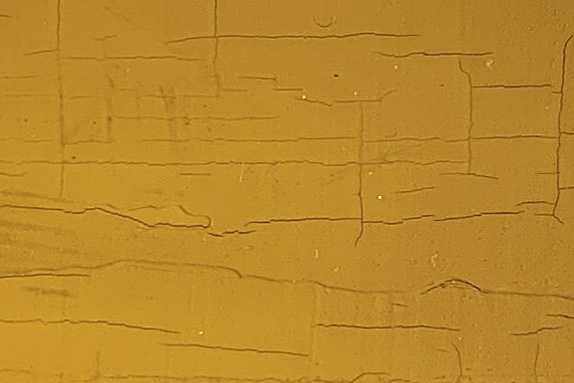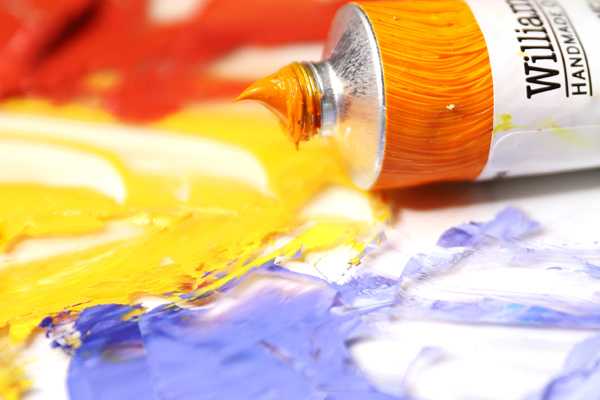Oil Over Acrylic Application Guidelines
Recommended guidelines when applying oil paints over acrylic grounds, mediums, and paints.
OIL OVER ACRYLIC GROUNDS
A significant body of research in conservation science, and more than 40 years of actual use, has repeatedly proven that high quality acrylic gesso provides excellent adhesion for oil paints and can be considered a fully archival and suitable ground for oil painters to work on. Golden makes several grounds that are appropriate for this purpose, including:
OIL OVER ACRYLIC PAINTS, GELS, and MEDIUMS
Our long term-testing shows that adhesion is rarely an issue when using oils over a wide range of acrylic products. Most oil paints should adhere well to the majority of our gels, paints, and mediums. Almost all acrylic paint films, regardless of sheen, are porous enough to allow oil paints to penetrate sufficiently and form a reasonably strong bond.
That said, we do not recommend applying oil paints or Oil Ground over any gloss acrylic medium or gel for risk of the oil cracking in the early stages of drying. For more information please read this article: Revisiting our Recommendation for Using Oils Over Acrylics
Lean oil paints should be modified with at least 10% linseed oil or at least 5% alkyd medium or stand oil when working over acrylic colors, or other acrylic products including satin, matte, or aggregate gels or mediums. Additional oil or medium is not necessary when working over Gessos or Molding Paste.
For maximizing adhesion and longevity, we strongly recommend the following guidelines:
- Work on inflexible supports whenever possible. Rigid panels are better than flexible supports like canvas in reducing the amount of movement over time. If you cannot work on a panel consider mounting the canvas to a rigid support afterwards. Using a backer board or taking steps to make the canvas stiffer should also benefit oil paintings done on flexible substrates. For more information please see the following Tech Sheet: Preparing a Painting Support
- Make sure all acrylic materials are completely dry and fully cured beforehand. We recommend waiting at least 3 days for a thin film of acrylic to dry, longer for thicker applications. For example, a ¼” think layer of acrylic paint can take 2-3 weeks or more, depending on the substrate (canvas or panel). Dry times are also dependent on environmental conditions. Air movement is the largest factor, while warmer and drier conditions will speed things even further.
- Avoid using over soft, spongy materials. Oil paints become increasingly brittle over time. Products such as our Light Molding Paste and Crackle Paste are too soft, spongy and fragile to provide a solid and stable ground for oils.
- Avoid highly absorbent surfaces or reduce absorbency before painting with oil. Highly absorbent surfaces can draw too much oil binder from oil paint leaving the film underbound and fragile. This could lead to eventual cracking or flaking. Acrylic or oil washes over absorbent acrylic grounds should help to reduce absorbency and accommodate oil painting on top. These restrictions apply if using our GOLDEN Absorbent Ground. Please consult its Tech Sheet for further information: Absorbent Ground
- Keep in a stable environment. This can play a critical role in minimizing possible cracking in oil paint layers as they age. Try to avoid large changes in temperature and humidity, and limit the amount of shipping and movement.
- Avoid rolling or flexing when possible. Rolling and flexing puts a lot of stress on paintings. Only roll paintings when necessary. Roll with the painted surface outward over the largest diameter tube possible. For more information on packing and shipping your artwork, contact our Materials and Application Specialists at 800-959-6543 or [email protected]
- Oil over acrylic is fine with certain caveats, but acrylics over oil paints and oil grounds should be avoided. Oil paints form tight, water-resistant films that provide poor adhesion when acrylics are painted on top of them. We recommend avoiding this combination
Additional considerations:
- Avoid using oil paints that contain zinc oxide (PW4) in the lower layers of a painting. Conservation research has seen adhesion issues develop due to the formation of zinc soaps and the embrittlement of zinc-containing oil paints. This is not unique to oils on top of acrylics and would be an issue even if painting on top of an oil ground. For more information please see the following articles about zinc oxide:
For further information please see the following Just Paint articles:
- Revisiting our Recommendation for Using Oils Over Acrylic
- Painting with Oils on Paper
- Using Oils with Acrylics
- Acrylic or Watercolor Underpainting for Oils
Disclaimer
The above information is based on research and testing done by Golden Artist Colors, Inc., and is provided as a basis for understanding the potential uses of the products mentioned. Due to the numerous variables in methods, materials and conditions of producing art, Golden Artist Colors, Inc. cannot be sure the product will be right for you. Therefore, we urge product users to test each application to ensure all individual project requirements are met. While we believe the above information is accurate, WE MAKE NO EXPRESS OR IMPLIED WARRANTIES OF MERCHANTABILITY OR FITNESS FOR A PARTICULAR PURPOSE, and we shall in no event be liable for any damages (indirect, consequential, or otherwise) that may occur as a result of a product application.
updated 4.26.22


